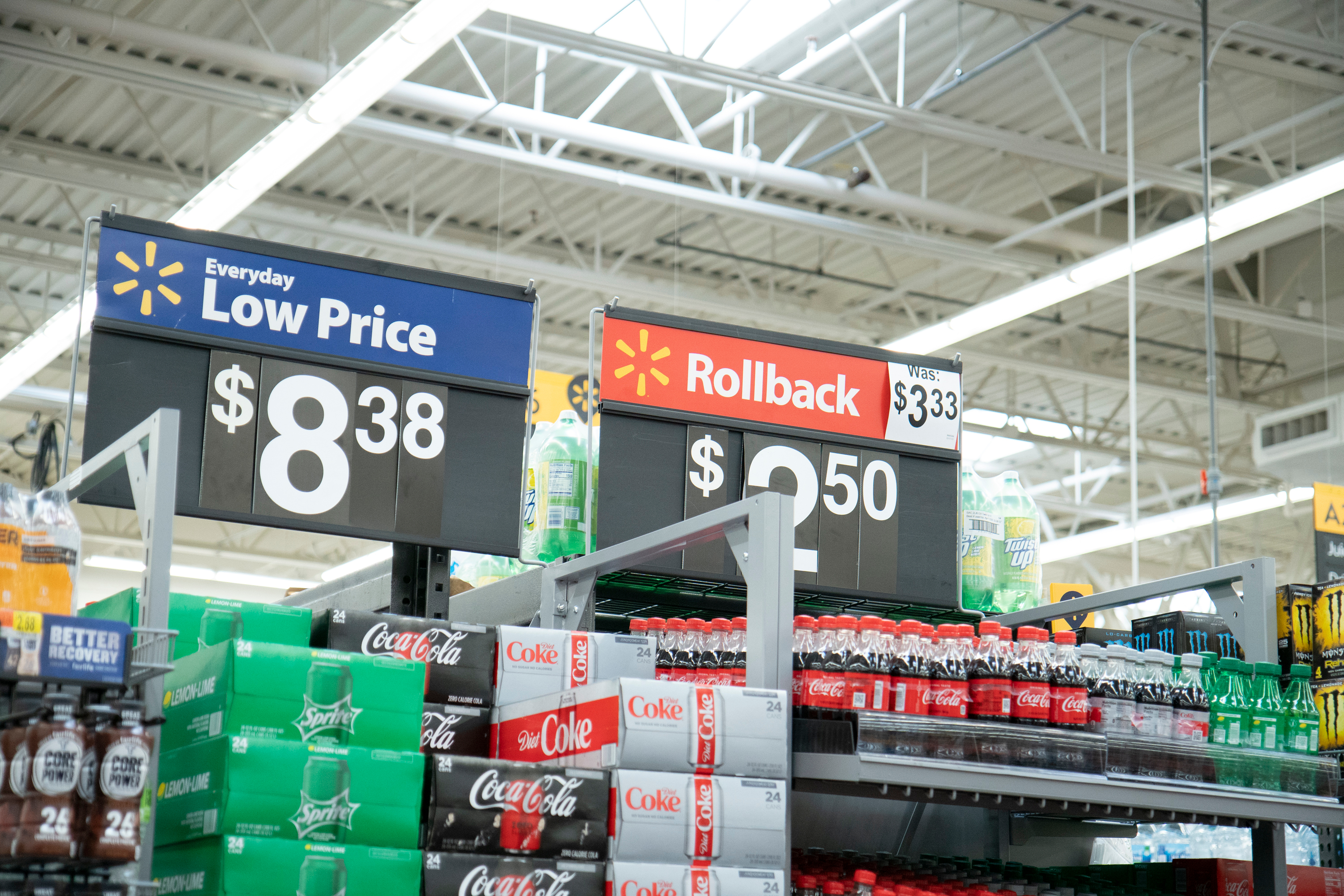We’ve heard the warnings for months: Inflation is coming to grocery, to the housing market, to anything with a price it seems. With Consumer Packaged Goods (CPG) and other grocery items in particular, as the costs of raw materials increase owing to broken supply chains and reduced production capacities, the cost of typical household goods is on the rise.
Coca-Cola and Proctor & Gamble have both announced their intentions to increase prices. PepsiCo, Kimberly-Clark, General Mills, and Smuckers have signaled they, too, will likely follow suit in the months ahead. According to the Consumer Price Index, which tracks the amount US consumers pay for a typical basket of goods, consumers are already starting to feel the increase with a 2.6% hike in March 2021 vs March 2020.
Yet, against this inflation-plagued backdrop, Walmart is actually doubling down on discounts (called rollbacks at Walmart), flexing its power to drive in-store and online traffic by offering consumers bargains on relatively costlier goods.
So, today we’re putting in the retail market research to understand why inflation is hitting CPG particularly hard, as well as examine how Walmart’s sheer size and product variety puts it in a unique position to increase price gaps with its competitors. With everybody competing for consumers COVID savings dollars, Walmart seems to be out in front.
Inflation Comes to Center Aisle in Grocery
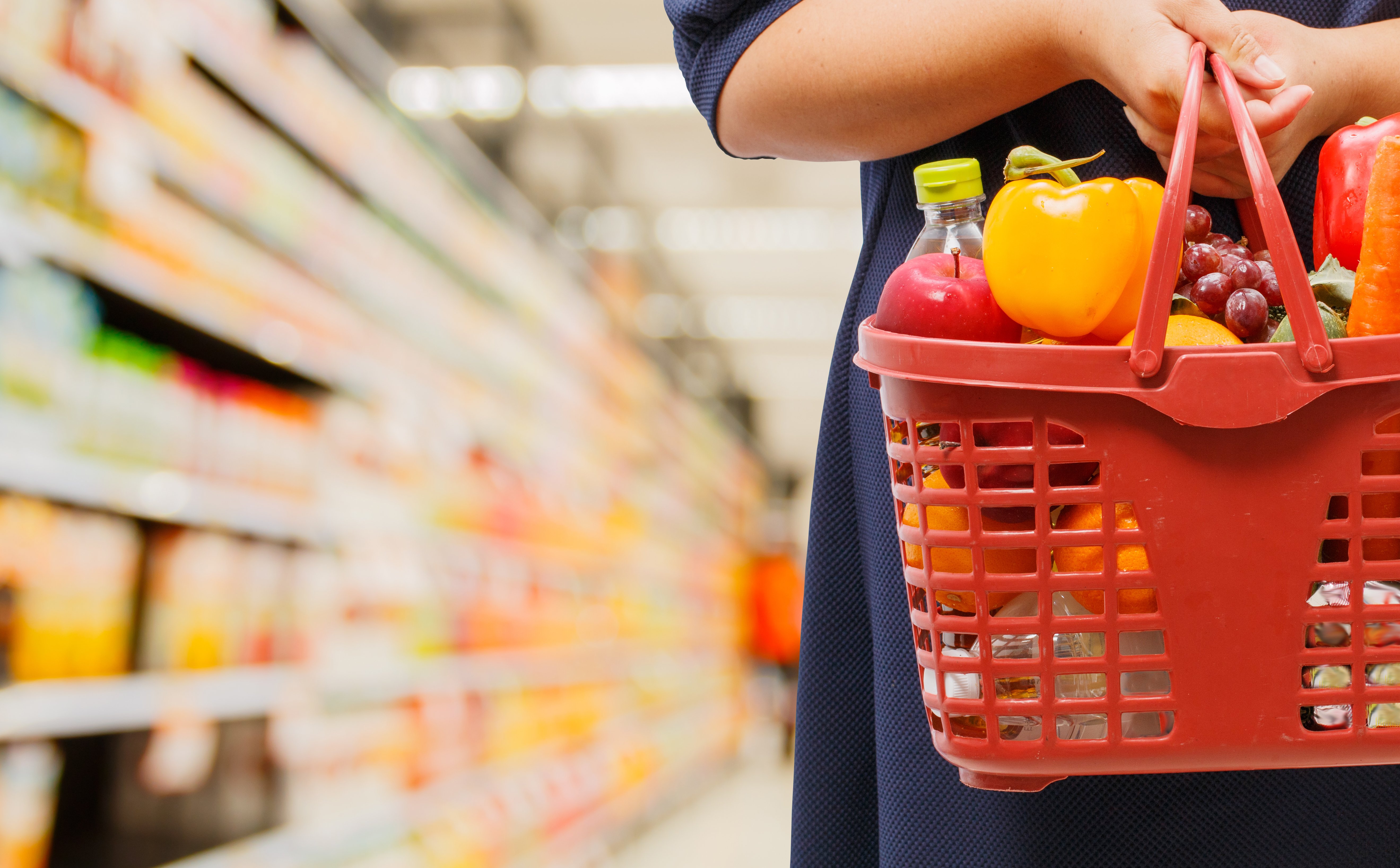
Within grocery and CPG, the reasons for inflation are obvious.
Owing to the pandemic, every stage of production is impacted. This includes: the costs for farmers to pick produce, factories to process meat, and factories to produce finished goods. Ports are congested, delaying shipments and making them more expensive, truck drivers’ availability is limited, and stores themselves are finding it increasingly difficult to scale up owing to labor shortages.
And this says nothing of increased commodity and raw material costs.
But CPG brands like Coca-Cola, who recently announced markups, are not too worried, for a few reasons.
First, CPG sales rose 9.4% last year to over $1.53 trillion. These increased sales came in a year with little marketing expenses and promotions for most companies, which were merely trying to keep up with demand and keep supply chains moving. In a moment where everybody was getting everything they could get their hands on, marketing and promotions were an unnecessary, forgone expense.
Second, the pandemic brought people back to familiar brands, curtailing their interest in private label and downstream competitors. And even if people were going to be shopping around, it wouldn’t make too much of a difference: increased material costs are industry-wide, meaning nobody can undercut a competitor without seriously hurting their bottom line. It’s not like RC is gonna be able to sell a soda for a lower price than Coke. Well, they could try, but it wouldn’t be profitable.
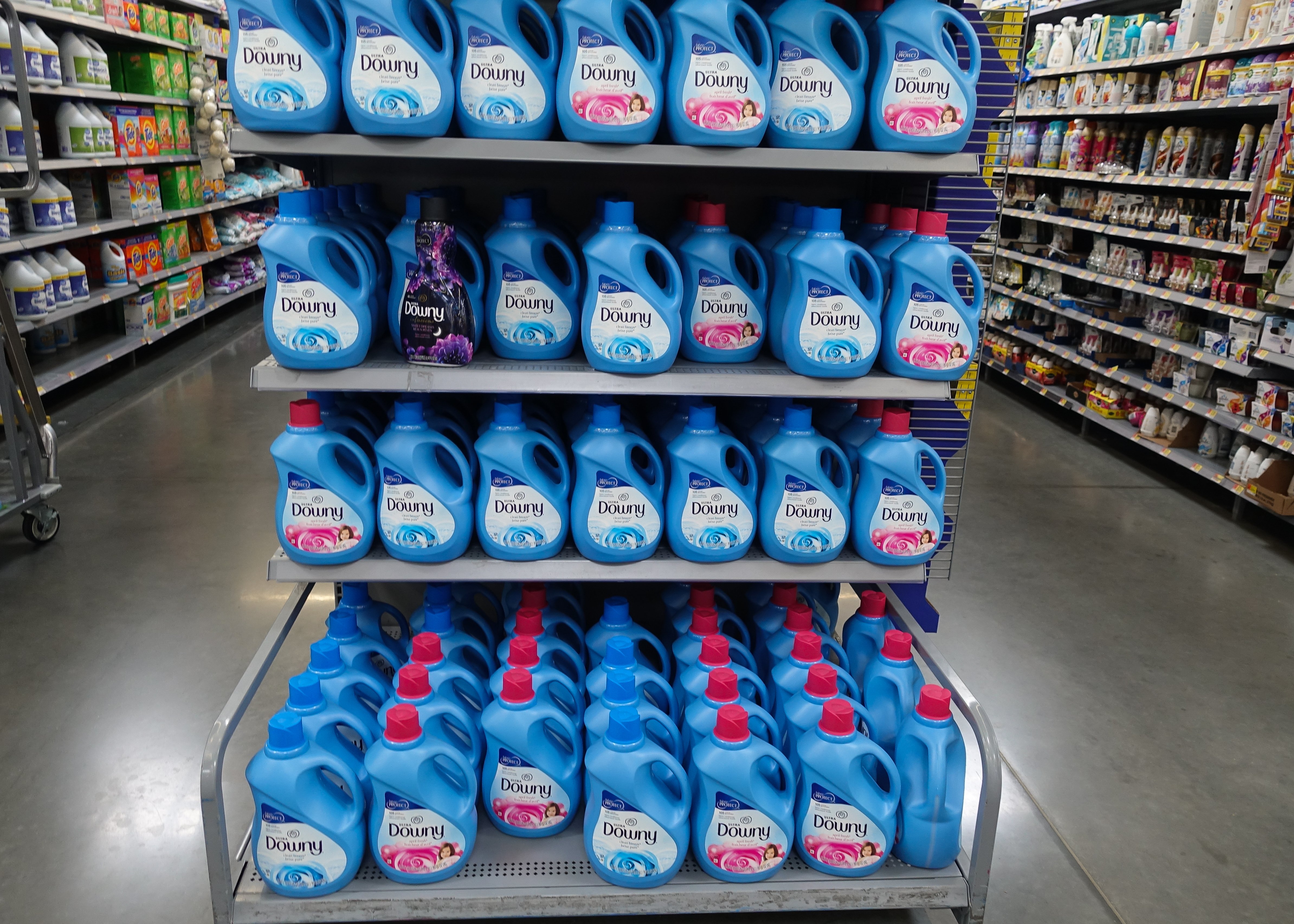
And, finally, CPG companies in particular have become quite adept at passing along price increases to consumers without them even noticing it. Whether it is charging the same familiar price for slightly smaller packaging or offering discounts on an increased price to get customers familiar with the hike, CPG companies have gotten good at concealing increased costs.
Walmart Meets Inflation with Price Cuts
And yet, inflation is expected to hit grocery hard. While Walmart is already the nation’s leading grocer, it is anticipating this inflation and responding to it by unleashing rollbacks.
Walmart’s diversity of goods is insulating it from some of this pressure hitting grocers with no other revenue streams. Grocers are simultaneously incorporating pricier services into their models, including online delivery and curbside pickup. This new and expanded infrastructure isn’t cheap and grocers are finding themselves with little wiggle room in their already razor-thin profit margins. Walmart’s margins, of course, are not so thin.
With inflated food costs, particularly in CPG, grocers will find it difficult to avoid passing on these higher prices directly to their consumers. Walmart is moving in the opposite direction.
It offered 30% more discounts in stores during the first quarter of 2021 than the same quarter in 2020. They, like other retailers, pulled back on discounts during the pandemic, focusing on core operations and inventory management. Essentially, they were trying to take care of the customers they already had, not draw in new ones with promotions.

But now, the rollbacks are back at Walmart, as it flexes its most powerful muscle: price gaps (aka the distance between Walmart’s discounted price, other retailer’s relatively higher price, and the MSRP). Even as inflation mounts, Walmart is holding the discount line.
Size and Variety are Walmart’s Key Differentiator
For better and for worse, Walmart is known as the retail king of discounts, prince of the price gaps. Owing to its massive purchasing power, it can set market prices and then undercut them by leveraging its size to convince manufacturers to dip into their margins and offer merchandise at a discount to Walmart’s customers.
“Over the last 12 months, we saw our price gaps improve versus the market,” CEO of Walmart USA John Furner explained. “Our merchants are working hard to ensure that that will continue.”
Manufacturers and merchants help Walmart keep their prices low because they know they can sell their goods at increased volume.
And even when manufacturers aren’t willing to play ball, Walmart’s mix of merchandise—from grocery to apparel to consumer electronics—means it can drive down prices in certain categories amidst inflation, confident that other categories will hold the profit line for them. As long as they are selling a whole bunch of full priced meat and potatoes, they can offer discounts on swim trunks, a waterproof Bluetooth speaker, and breath strips (yes, I’m getting ready for a pool party).
It’s kind of like what Amazon does with Prime and Amazon Web Services—these cash cows bring in steady revenue, which allows Amazon enough wiggle room to bottom out prices in certain categories, selling them at little to no profit while capturing market share.
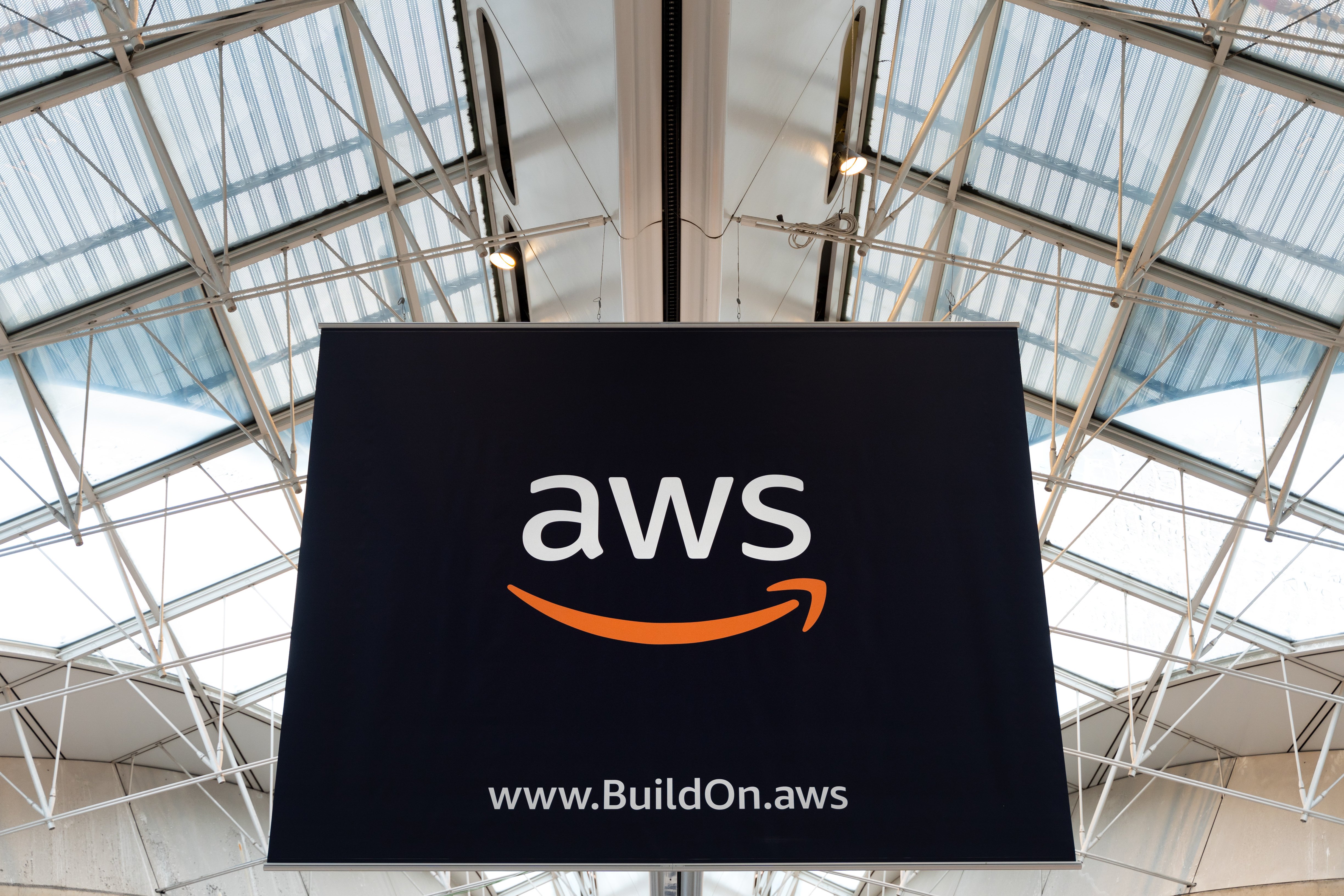
Compared to last year, then, grocery sales are predictably down across the board. People are not panic buying anymore, having recently returned to the comfortable chaos of multiple grocery store trips per week, and even making one-off trips to the store to just get what they need. This is distinct from last year’s dominant shopping pattern, the once-per-month hoarding where people stocked up on things they thought they’d use but never did (we have so many protein bars under our bed).
So, it makes sense that, relative to other categories, grocery sales are down at Walmart. And yet Walmart increased its grocery market share during the pandemic, likely owing to its reputation for having massive inventory at low prices.
Walmart is more than making up for decreased grocery sales with nonfood items, which have increased more than 20% in the last quarter as customers return to Walmart’s aisles weighed down by the stimulus check in their pocket.
There are several categories driving this increase, namely products that indicate people are ready to be getting social again: travel gear, beauty products, teeth whitener, and fashion/apparel.
As Walmart CEO Doug McMillion put it, “We’ve got all these levers to be able to find places to go upstream [and] do things differently than other people are doing it.”
These levers will do things like draw pool party shoppers into Walmart, where they will likely also pick up a few items in the grocery aisles. The retail market research is clear: Even amidst inflation, Walmart can still afford to drive prices down in key categories to lure customers.
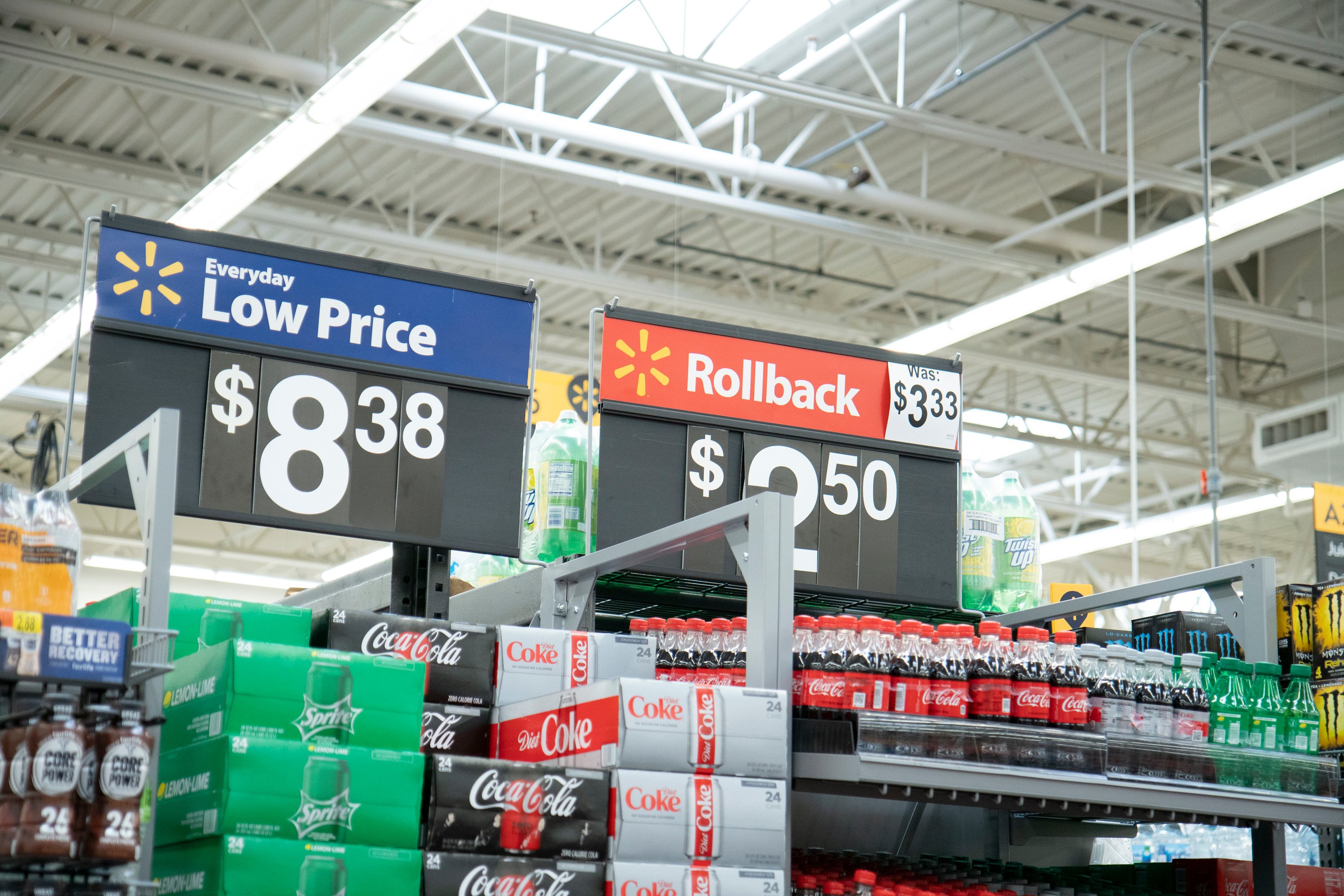
Expanded Shopping Options, Increased Budgets, and Increased Expenses: It’s All Good for Walmart
Their power to increase price gaps plays perfectly into this current moment of expanded shopping options. Shoppers now feel safer visiting multiple locations to compare prices and find the best bargain. This is different from the last year, where consumers often embarked on one-stop shopping trips to get everything on their list, oftentimes with Amazon.
With consumers prepared to price out their options, Walmart likes their chances moving forward. They can selectively lower prices on items likely to lure consumers into their stores, which won’t necessarily increase individual basket size but will make them a necessary stop for consumers to ensure they are getting the best deal.
Additionally, although consumers have a bit more purchasing power than before—owing to increased pandemic savings and stimulus checks—they are also balancing a rapidly growing list of expenses. People are unleashing their savings, sure, but there are a lot more claims to those dollars than before.
Restaurants are back open, people are booking travel again, and are having to get back into their daily commutes to work. These all represent renewed claims to consumers’ wallets and, as expenses increase, consumers will look for the best discounts available. This is music to Walmart’s ears.
Retail Market Research: The Masks are Coming Off
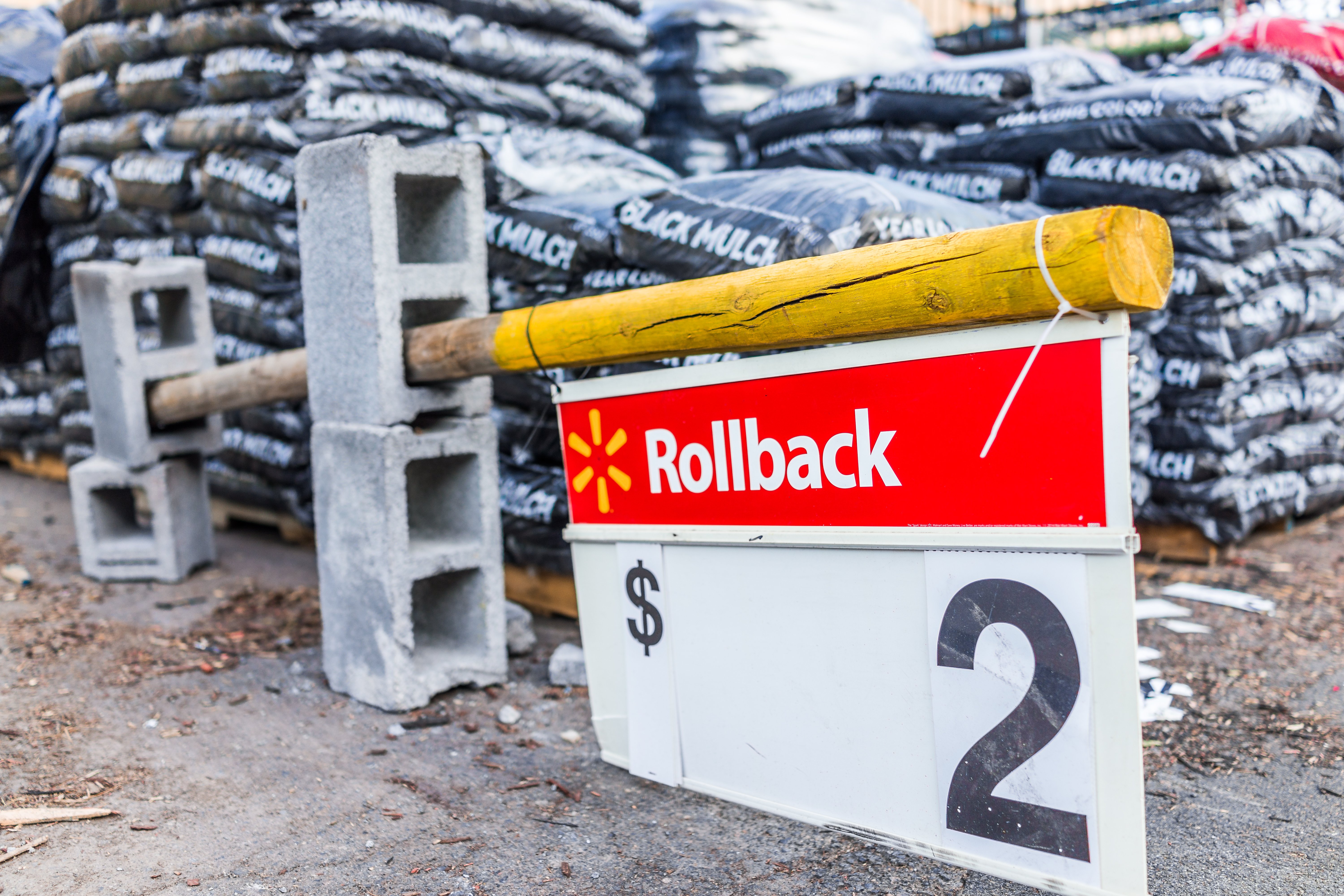
Consumers are adding more and more items to their shopping lists as the pandemic recedes, but they still need the staples. Walmart would like to balance out its shoppers across categories, offering discounts on certain items while never being the most expensive on others.
In what is perhaps an unintentional moment of symbolic and rhetorical prowess, Walmart’s CFO Brett Biggs observed, “You can tell that the masks are coming off.”
And how, Mr. Biggs, and how!
As consumers return to traditional shopping patterns with an increased budget and shopping list, they will be looking for the best discounts on the products they want. Walmart is all too happy to help consumers find them.
